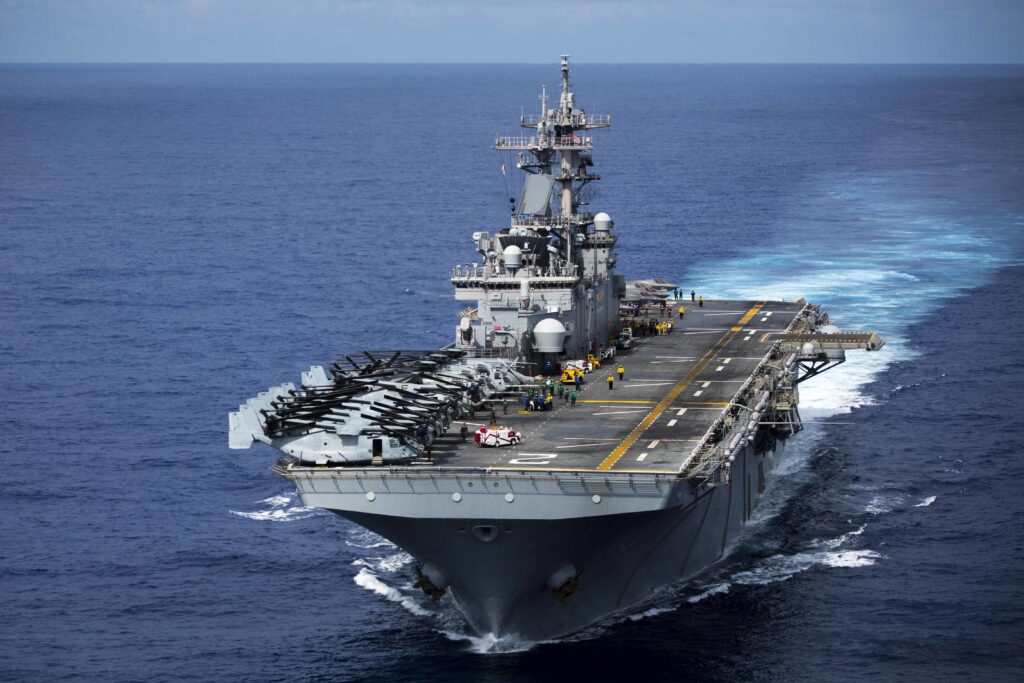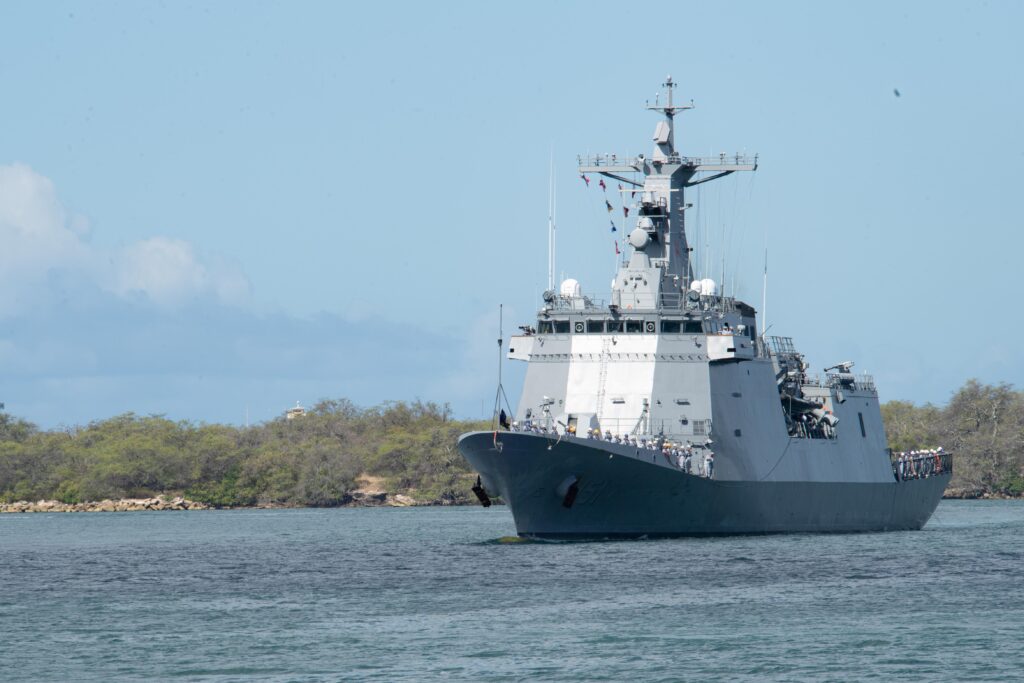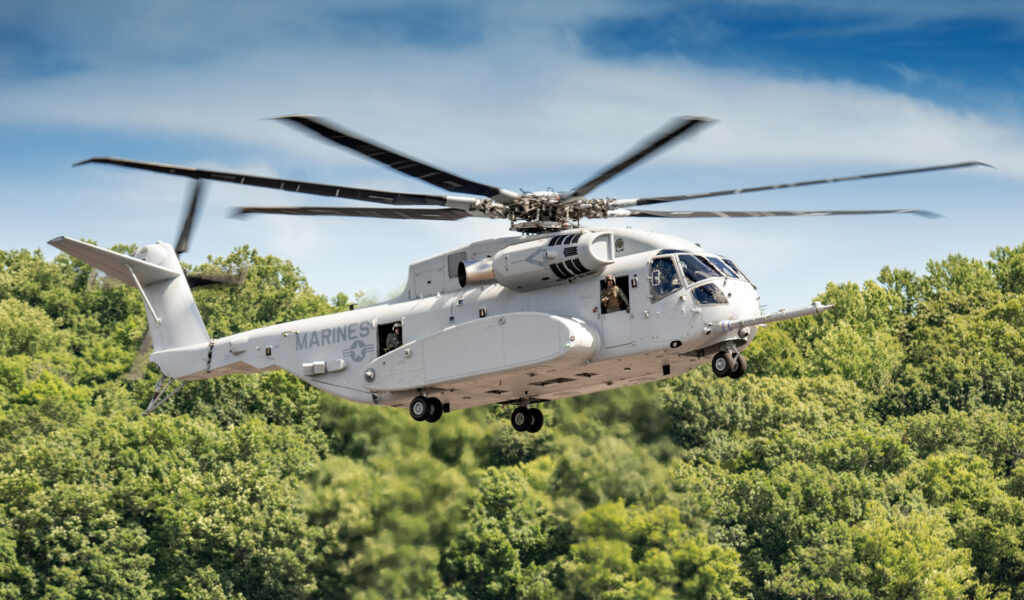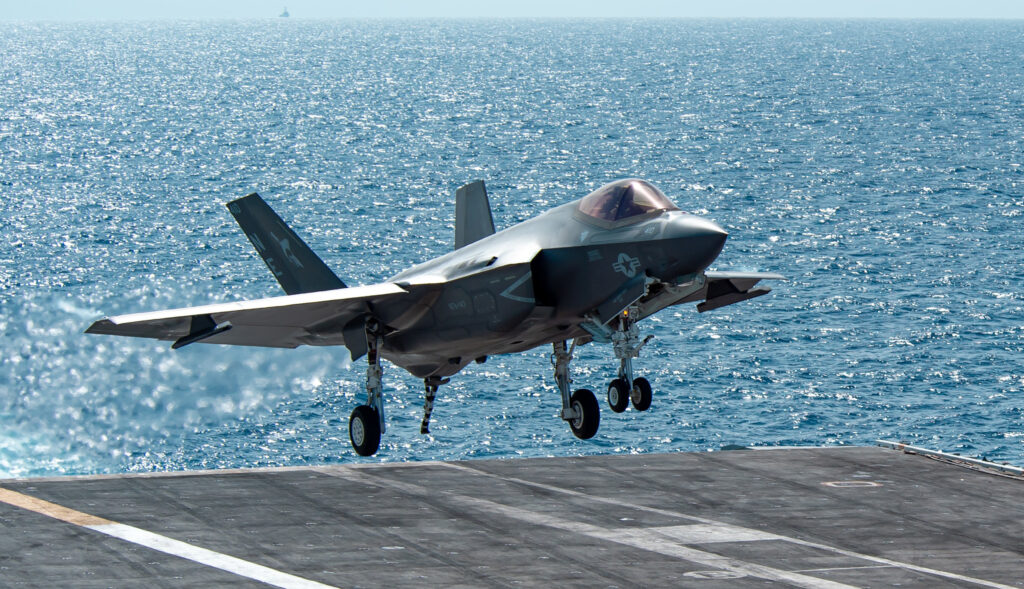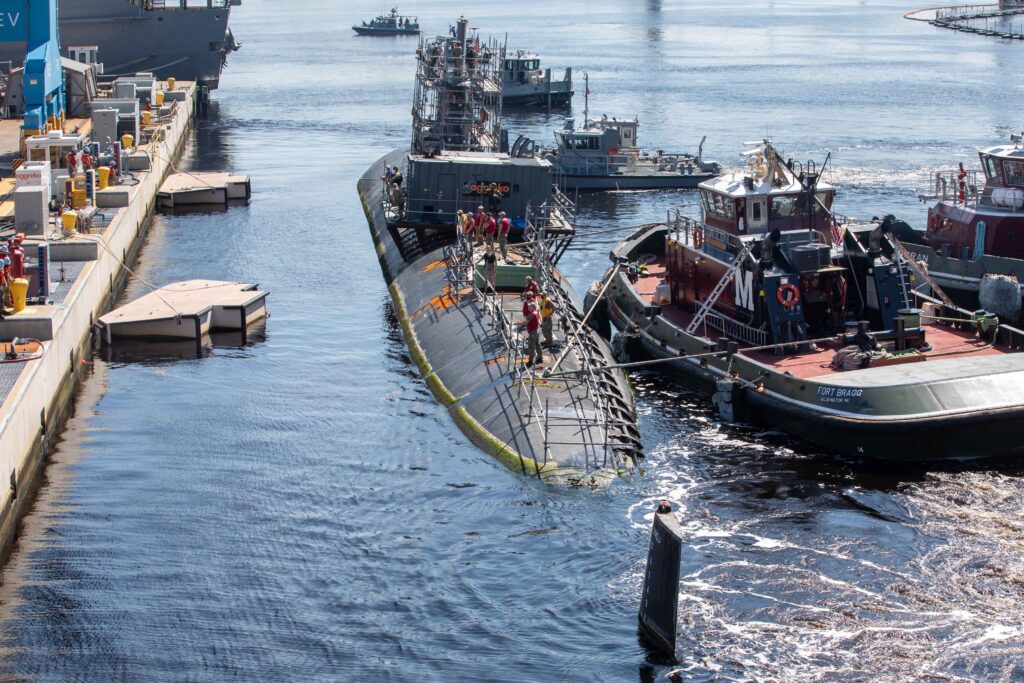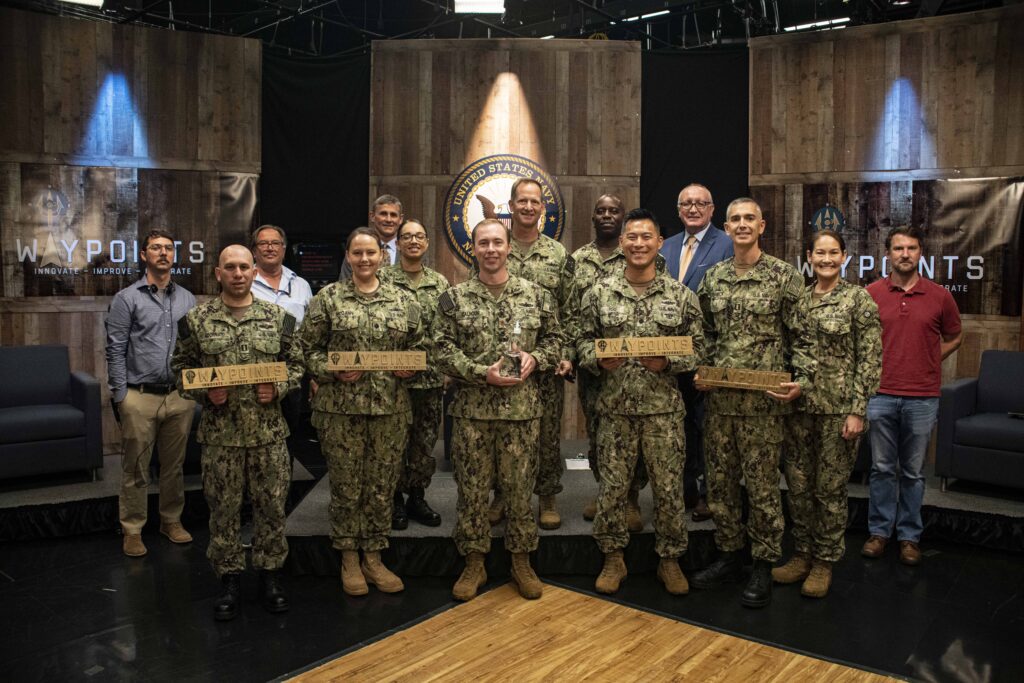Missile Exercise Sends Frigate to the Bottom
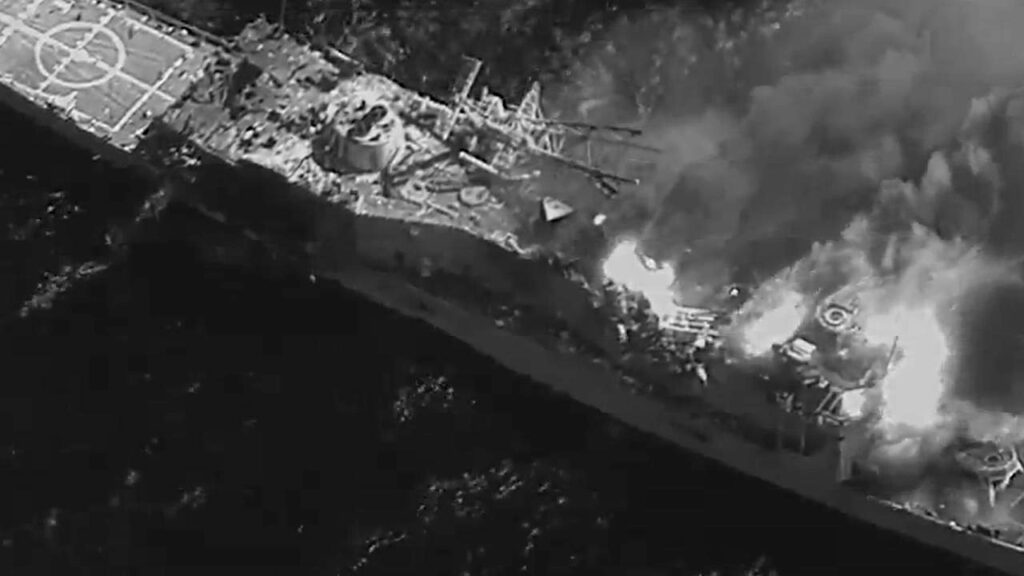
HAWAII — Units from Australia, Canada, Malaysia and the United States took part in a live-fire missile exercise that resulted in the sinking of a former U.S. Navy guided missile frigate at sea on July 12.
The ships and aircraft, which were participating in the Rim of the Pacific 2022 (RIMPAC) exercise, sank the decommissioned ex-USS Rodney M. Davis (FFG 60) July 12, in waters 15,000 feet deep, 50 nautical miles north of Kauai.
According to a statement from the RIMPAC Combined Information Bureau, “Live-fire events provide realistic training that refine partner nations’ abilities to plan, communicate and conduct complex maritime operations such as precision and long-range strike capabilities.”
The objective of the sinking exercise, or SINKEX, is to “gain proficiency in tactics, targeting and live firing against a surface target at sea,” the statement said.
“This exercise provided a great opportunity for the extremely talented Sailors, soldiers and aviators who comprise the RIMPAC 2022 team to hone their skills in a live-fire setting,” said Royal Canadian Navy Rear Adm. Christopher Robinson, deputy commander of the RIMPAC Combined Task Force. “There is nothing that really replaces the training value of opportunities such as this, which enable us to test our weapons and their associated combat systems with as much realism as possible. These live-fire exercises are vital for maintaining our proficiencies, building our interoperability, and increasing our readiness for future operations.”
Royal Canadian Navy frigate HMCS Winnipeg (FFH 338) fired two Harpoon missiles as part of the SINKEX. A U.S. Navy P-8A Poseidon maritime patrol aircraft deployed an AGM-84D Harpoon missile, and an F/A-18F Super Hornet from Nimitz-class aircraft carrier USS Abraham Lincoln (CVN 72) launched an GBU-16 laser guided bomb for the event.
The 1,850-ton, 321-foot Royal Malaysian Navy corvette KD Lekir fired an Exocet MM40 missile during the SINKEX. Lekir is the first Royal Malaysian Navy ship to launch a missile and hit a target outside of Malaysian waters. The ship had also recently fired an Exocet during the Taming Sari exercise north of the Strait of Malacca in May.
“The SINKEX was a professionally enriching experience for the crew of KD Lekir,” said Adm. Mohd Reza Mohd Sany, chief of the Royal Malaysian Navy. “These events provide an excellent platform toward enhancing interoperability amongst the participating navies. The involvement is an experience that will elevate the professionalism of the KD Lekir crew,” said Mohd Reza. “The biggest international maritime exercise is an opportunity for a joint exercise involving various countries while strengthening cooperation among the participants,”
“The coordinated firing of anti-ship munitions is a complex activity. This SINKEX demonstrates the interchangeability of the capable and adaptive RIMPAC partners,” said Royal Australian Navy Commodore Paul O’Grady, commander of the RIMPAC maritime forces component. “In doing so, significant measures were taken to protect the maritime training environment.”
The ex-Rodney M. Davis was a 4,100-ton, 453-foot Oliver Hazard Perry-class guided missile frigate that served in the U.S. Navy from 1987 to 2015. Preparing decommissioned ships for sinking follows a rigorous process to ensure there are no hazardous materials, fuels or lubricants still onboard. The target ships must be sunk in water at least 6,000 feet deep and at least 50 nautical miles from land.
RIMPAC Fire
At least one mishap was reported during RIMPAC. A Peruvian navy corvette, BAP Guise (CC 28), suffered a fire outbreak July 18. A statement from the Peruvian navy said the fire was “mitigated and controlled by the crew with support of foreign units.”
The ship was not identified in the initial statements from the RIMPAC Command Information Bureau, but the Guise was identified in subsequent statement from the Peruvian navy.
According to a statement from the CIB, the RIMPAC watch floor received the report of a fire and potential injuries aboard a Combined Task Force ship around 8:00 a.m., Sunday morning Hawaii time. “Two critically stable patients were evacuated from the ship by a helicopter from French Navy frigate FS Prairial (F731) to USCGC Midgett (WMSL 757), and have since been transferred ashore by U.S. Navy helicopter from USS Abraham Lincoln (CVN 72),” the statement said.
“Two crew members suffered burns as a result of it and were evacuated by helicopter for their respective care at a specialized hospital in Honolulu, the details having been communicated to their relatives,” the Peruvian Navy statement said. “It should be noted that the rest of the naval personnel are unharmed.”
RIMPAC is the world’s largest international maritime exercise, with 26 nations, 38 ships, four submarines, more than 170 aircraft, more than 30 unmanned systems and 25,000 personnel participating this year in and around the Hawaiian Islands and Southern California. The biennial exercise will conclude Aug. 4. RIMPAC 2022 is the 28th exercise in the series that began in 1971.

